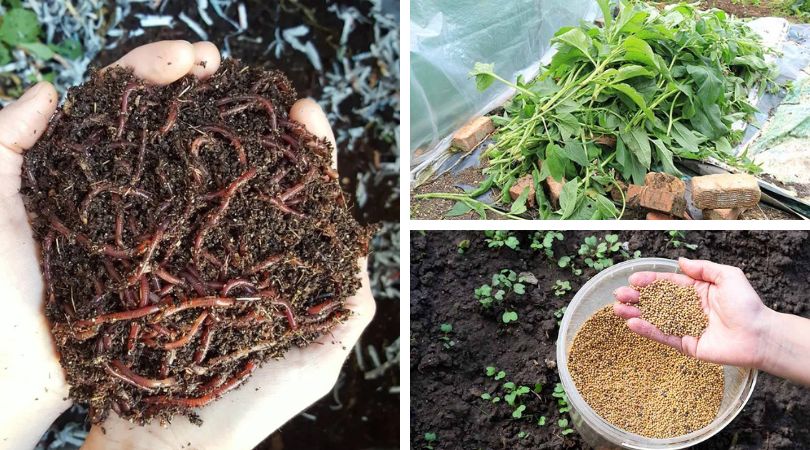Taking care of the soil is one of the most important aspects of gardening. It’s easy to forget that the soil beneath our feet is teeming with life as we grow in our gardens.
The soil web, which is a complex and interconnected system, is critical. Plants cannot thrive when the soil does not. We need to stop thinking of soil as dirt.
How to Care for the Soil?
Taking care of our gardens’ precious soil, as well as carbon gardening, is beneficial to us, society, and the environment. It is about much more than just ensuring that we continue to get good yields in the coming years.
Taking care of and improving the soil in our gardens entails the following:
- Ascertaining that the soil is not contaminated or structurally damaged.
- Keeping nutrient depletion and water loss to a minimum.
- Keeping the soil structure and nutritional content healthy.
- Increasing the soil’s ability to support life.
- Enhancing and improving the soil to meet the needs of our plants and ourselves as best as possible.
One thing to keep in mind is that we must first understand the soil in our gardens before we can care for and improve it. It is critical to understand the fundamentals of your soil. Consider the following:
- What kind of soil do you have? (Clay, silt, sandy, chalky, peat, or an ideal loamy soil that combines several of these types.)
- The depth of the topsoil where you live.
- The fertility of your local soil.
- How well it drains or retains water.
- The pH of the soil. (Regardless of whether it is acidic, neutral, or alkaline in nature.)
When it comes to gardening, different soils will have different strengths and weaknesses. Soil characteristics will be critical in determining what is best for you to grow.
However, regardless of the type of soil you have, many of the strategies for improving it are the same.
Whatever the soil conditions are where you live, here are 15 strategies you can use to improve your garden soil:
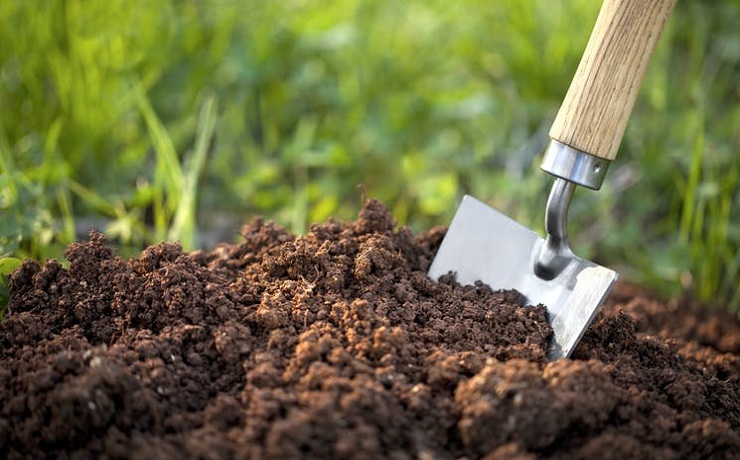
Garden Organically
Before you even consider how to improve the soil in your garden, you must first ensure that you are not harming the soil you have.
Organic gardening is essential. When we use harmful fertilizers, pesticides, and herbicides, we upset the system. These harmful substances contaminate the topsoil and harm the life within it, throwing the delicate system off balance.
We can help ensure that soil can function properly by managing fertility, pests, and diseases in a more holistic, sustainable, and environmentally friendly manner. Rather than fighting nature, we are collaborating with it.
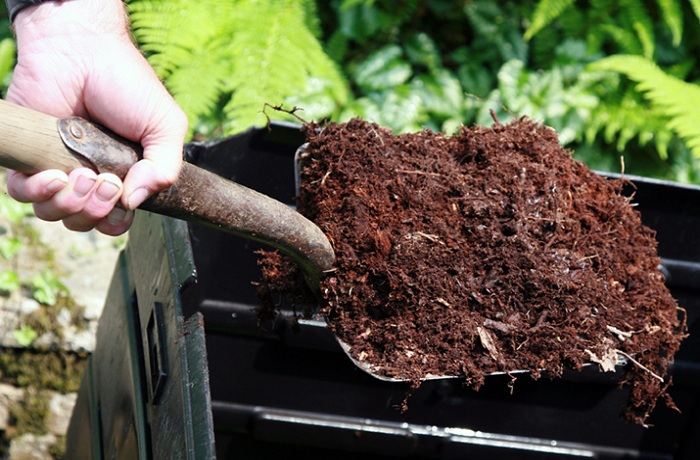
Use a ‘No Dig/No Till’ Gardening Method
Every time we dig or till the soil, we harm the delicate ecosystem beneath. Traditional gardening and farming entails frequently disturbing the soil.
However, in a no dig garden, we take steps to minimize soil disturbance as much as possible.
Rather than incorporating matter into the soil, we place material on top of the soil surface and allow earthworms and other soil life to do the work for us.
By minimizing soil disturbance as much as possible, this fragile ecosystem can thrive. It will become healthier, more diverse, and more resilient over time.
According to studies, a no-dig garden can increase the yield of a growing system over time. By minimizing soil disturbance and using other no-dig gardening techniques, we can increase the soil’s capacity to store carbon and contribute to the fight against global warming.
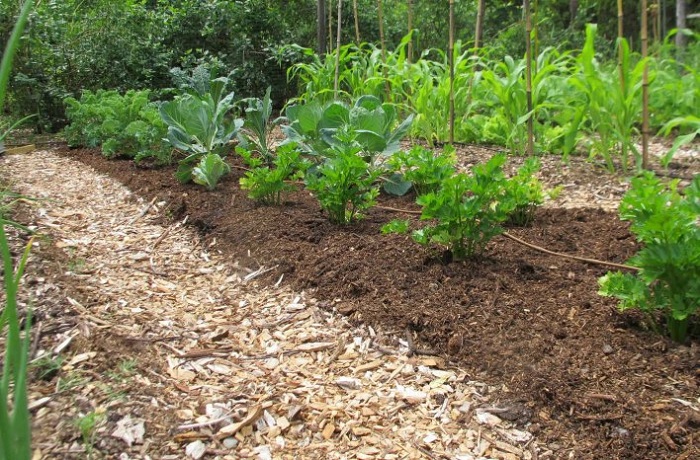
Avoid Leaving Bare Soil Areas
Soil that is left bare is more likely to degrade over time. When attempting to improve the soil in your garden, bare soil should be avoided whenever possible.
Some of the methods for avoiding leaving bare soil are listed further down in this article.
Bare soil can be:
- Eroded by the wind and the rain.
- Nutrient-depleted, overheated, or sun-dried out.
- Waterlogged or washed out by heavy rains.
- Easier to compact (especially heavy soils).
- By covering the soil, we can protect it while also building it up and improving it over time.
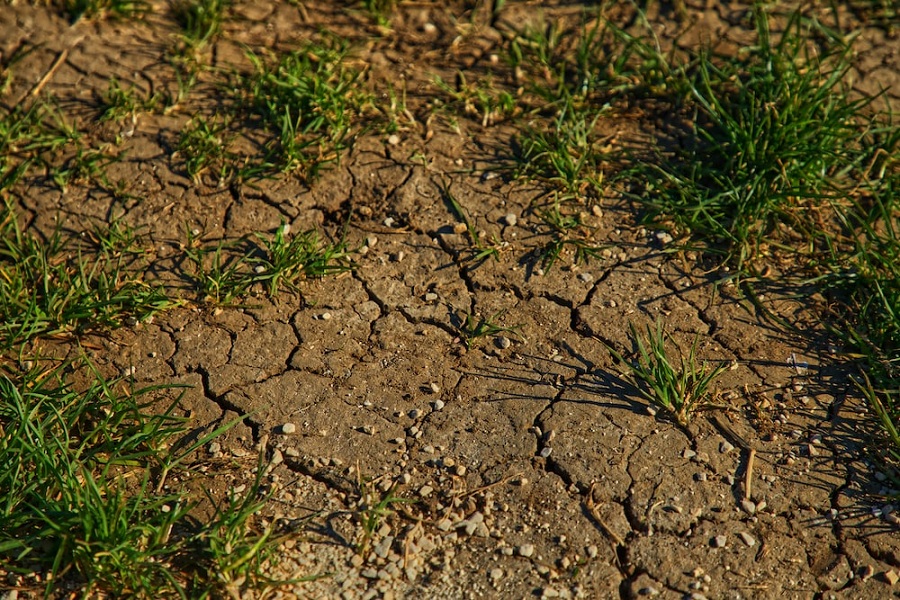
Keep bed traffic to a minimum to reduce compaction
Minimizing the amount of heavy machinery or equipment that passes over the soil in larger growing systems will help ensure that it remains aerated.
It is also important to reduce foot traffic in smaller gardens. Whenever possible, we should avoid stepping on and compacting our growing areas.
Soil must contain oxygen and remain aerated in order for life to survive and thrive. The passage of earthworms and other creatures, as well as plant roots, will aerate a healthy and undisturbed soil.
Again, making sure we don’t aggravate the situation is a critical step in improving the soil in our gardens.
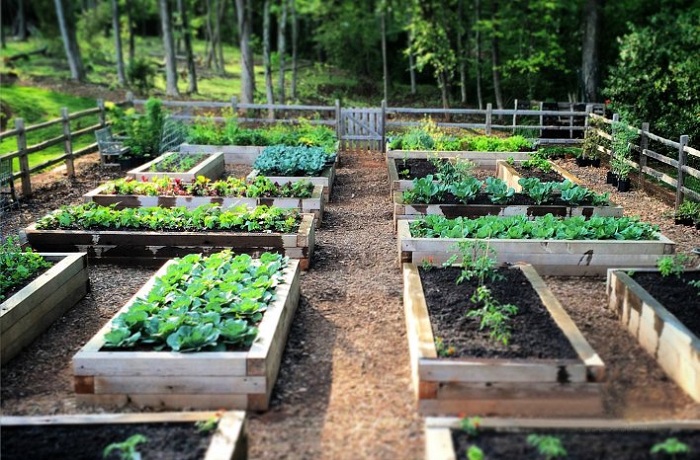
Grow Nitrogen Fixers
Introducing nitrogen-fixing pioneer species is one of the first steps in restoring degraded soil or improving soil that is particularly deficient in essential plant nutrients.
Nitrogen-fixing plants work with nitrogen-fixing bacteria in their root rhizomes to collect atmospheric nitrogen and make it available in the soil.
Nitrogen is the most important of the three essential plant nutrients to consider for most home gardeners, followed by phosphorus and potassium.
Nitrogen is one of the most easily depleted nutrients in garden soil. So many of the most important things we do in organic gardening have to do with finding ways to bring it back.
While this is not the only factor to consider, it is one of the most important ways to improve your soil and ensure the system’s longevity.
Gardeners should think about including:
- Trees that fix nitrogen (like alder, laburnum or acacia, for example).
- Nitrogen fixing shrubs (like Elaeagnus, Ceanothus, or Broom, for instance).
- Nitrogen fixers found in plants (especially legumes, such as peas, beans etc..).
Some nitrogen fixers may contribute to soil improvement as companion plants or members of plant guilds. Others could be used for crop rotation.
Or, as you’ll see later in this article, are plants that can be chopped and dropped and used as green manures or cover crops.
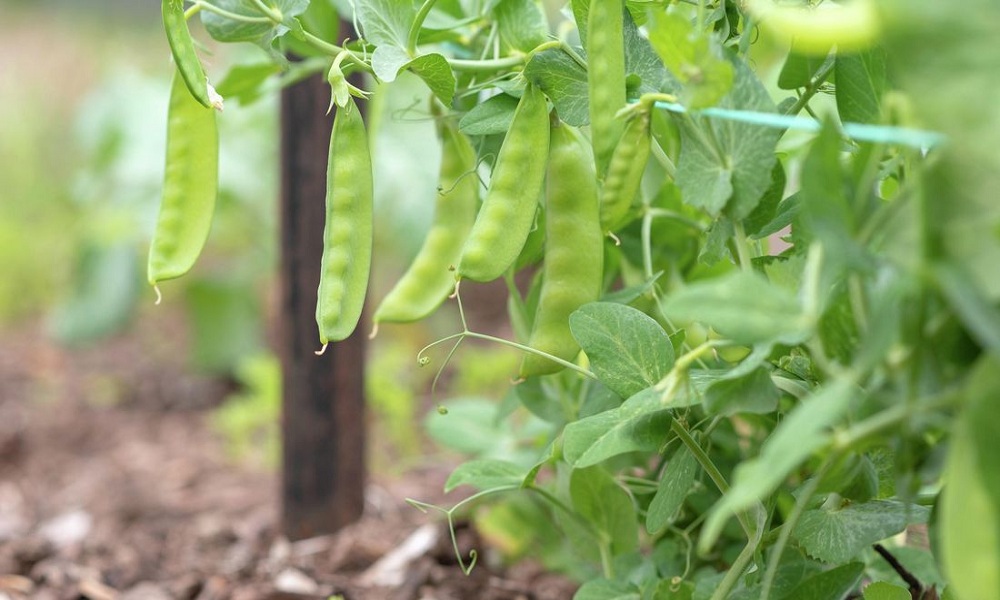
Rotate Annual Crops
Developing an effective crop rotation scheme for annual crops is one method of maintaining soil health and productivity over time.
We risk depleting the soil of essential plant nutrients if we grow the same crops in the same beds year after year. We can ensure that fertility is maintained and improved over time by rotating certain plant families.
As previously stated, legumes are an important type of nitrogen-fixing plant. When grown in a suitable crop rotation scheme, this plant family will restore nitrogen to a growing area.
Crop rotation can also aid in the prevention of disease or plant pathogen buildup in the soil over time.
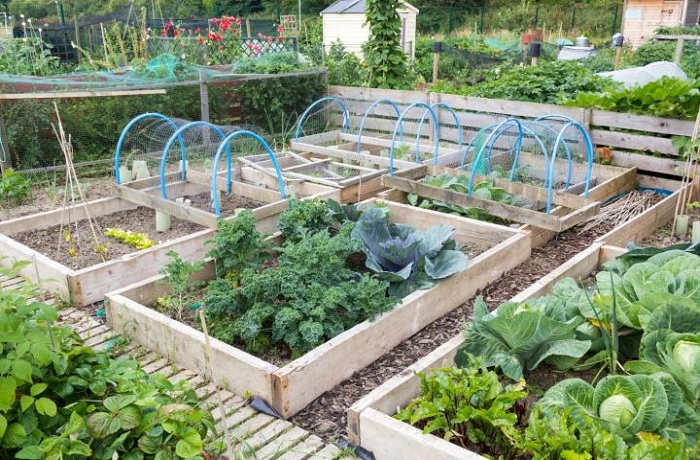
Make use of green manures and cover crops
Using green manures and cover crops is another crucial part of maintaining the health and fertility of the soil in annual growing areas over time.
Growing a variety of these will improve the soil in your growing areas. They will not only keep soil covered and protected, but they will also add fertility and improve the structure of your garden soil when chopped and dropped.
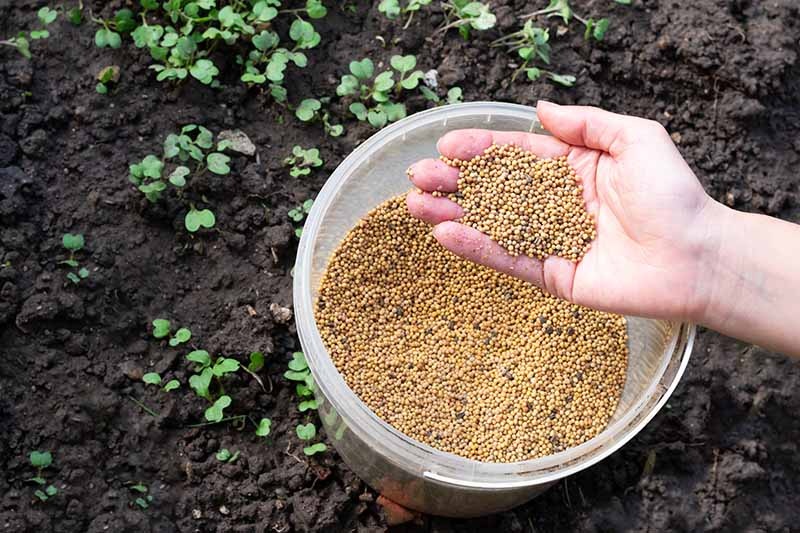
Include a lot of perennials
While growing your own frequently entails growing a large number of annual plants, when attempting to improve the soil in your garden, you should also consider growing a large number of perennials. Perennial plants are beneficial to soil health.
They are present throughout the seasons and will return year after year. With their roots, they help to stabilize soil and keep it healthy and aerated. Increasing the number of perennial plants in your garden also helps to increase the amount of carbon sequestration that occurs.
Perennial plants, on the other hand, contribute by feeding the system over time. In your garden, perennial plants help to build soil. They can naturally build soil where they are planted. Through their use as mulch, they also offer sources of vegetative material to feed other parts of your garden over time.
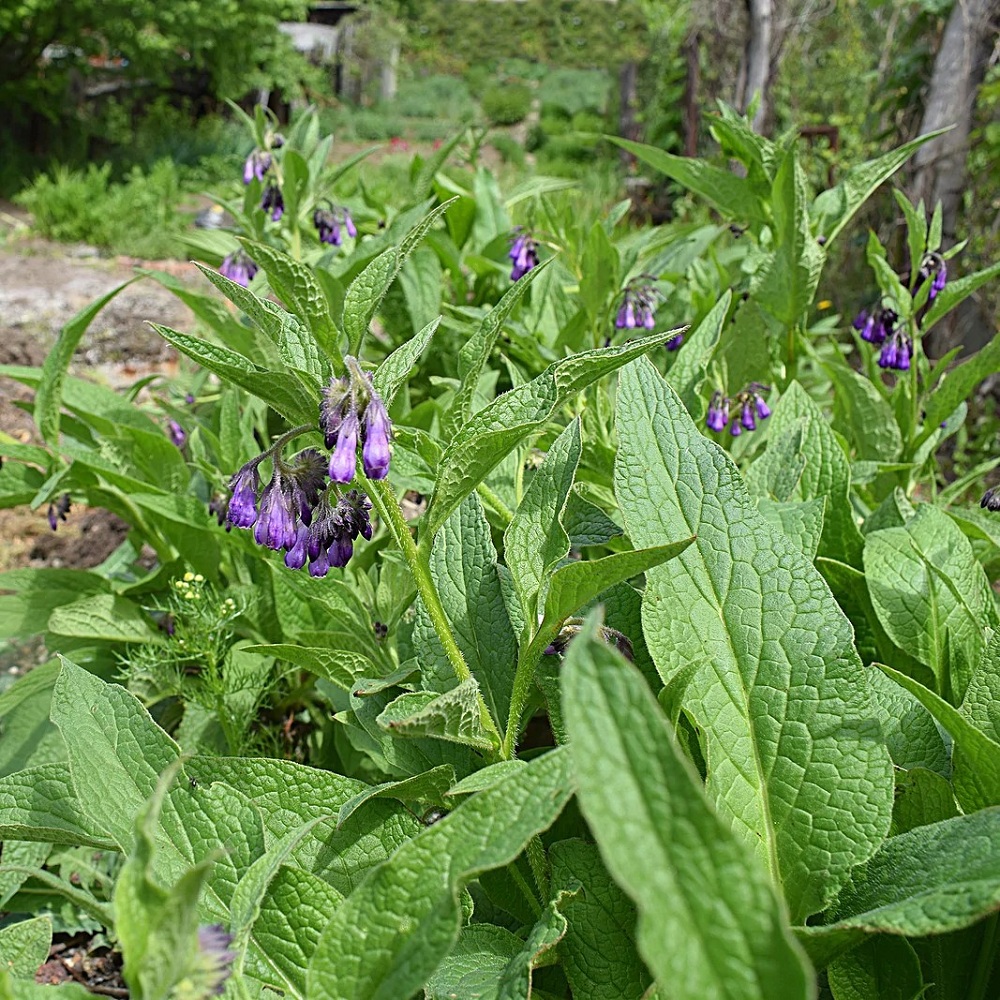
Mulch with green organic matter
Mulching is perhaps the most effective way to improve the soil and maintain fertility in an organic, no-dig garden over time.
Of course, chopped and dropped green manures/cover crops are a type of green mulch.
Many perennial plants (particularly nitrogen fixers and other dynamic accumulators) can also be used as green mulches in your garden.
There are also some annual plants that can be beneficial when used as mulch to return nutrients to the soil.
Different plants collect and store varying amounts of nutrients required for plant growth. Some are particularly adept at gathering specific nutrients. Others have deep roots that draw nutrients from the soil’s lower layers.
When these plants decompose on the soil, the nutrients they contain are returned (at varying levels) to the soil, where they can be taken up by other plants nearby.
Consider using the following green mulches:
- A grass clipping mulch. (It is high in nitrogen.)
- Nitrogen-fixing plant mulch. (Again, this is beneficial to soil nitrogen levels.)
- A layer of comfrey mulch. (Comfrey has deep roots and accumulates various nutrients dynamically. A comfrey mulch rich in potassium is ideal for use around flowering and fruiting plants.)
- Weeds were chopped and dropped (many of which are useful dynamic accumulators).
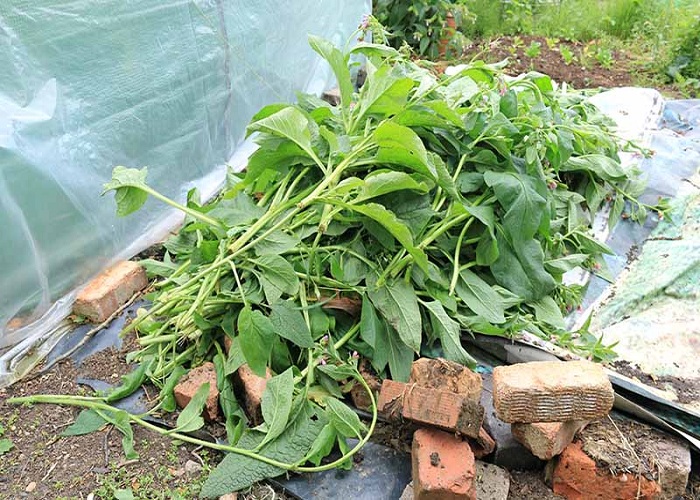
Mulch with brown organic matter
In addition to green mulches, other organic matter can be used as mulch. Brown organic matter can also help to improve the soil in your garden. Brown organic matter could be any of the following:
- Home-made compost.
- Castings of worms from a vermicomposting system.
- Animal manure that has rotted completely.
- Leaf mold.
All of these are among the best soil amenders, and using them on a regular basis can help ensure that your garden grows strong.
It could also include carbon-rich mulches like:
- Chipped wood
- Straw, bracken, and dead leaves
These can help to improve soil structure and trap carbon from the atmosphere.
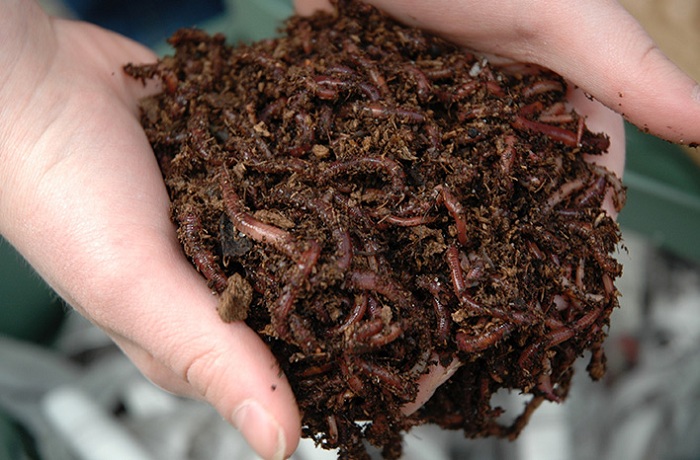
Use Black Organic Matter
One last type of organic matter to consider incorporating into your garden is black organic matter, also known as biochar..
Incorporating biochar can be extremely beneficial, especially in soils with poor water and nutrient retention.
Adding biochar to soil sequesters more carbon than composting and thus could be a valuable tool in the fight against global warming. It also increases soil fertility, improves structure, and significantly improves water retention.
It is possible to make biochar on your own, but it is difficult. Fortunately, it’s becoming more widely available, including from this Amazon page.
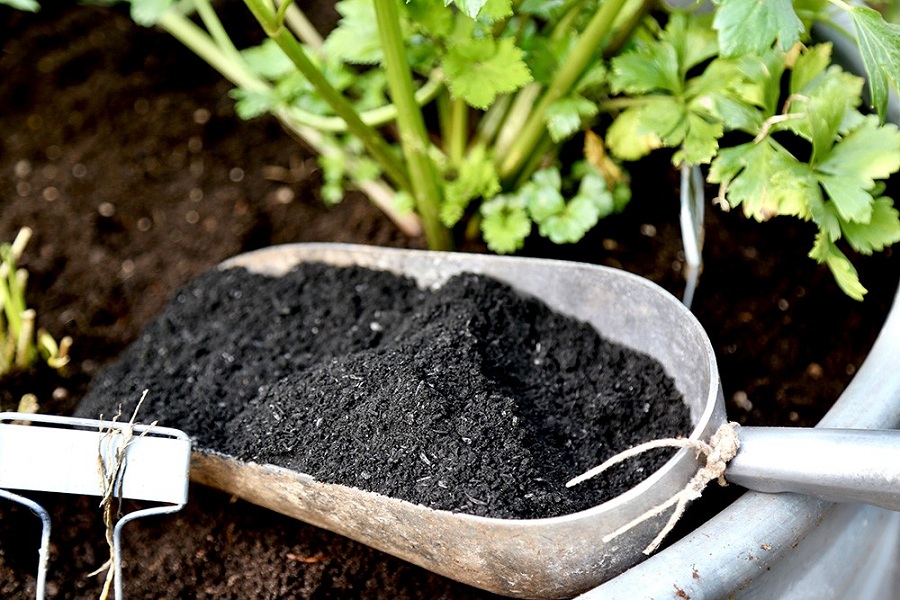
Use Organic Liquid Fertilizers
Mulching and the other methods mentioned above gradually improve soils over time. However, liquid fertilizers can be used to improve soil fertility more quickly and benefit individual plants.
These can quickly replenish certain nutrients depleted in the soil and correct nutritional deficiencies in your plants.
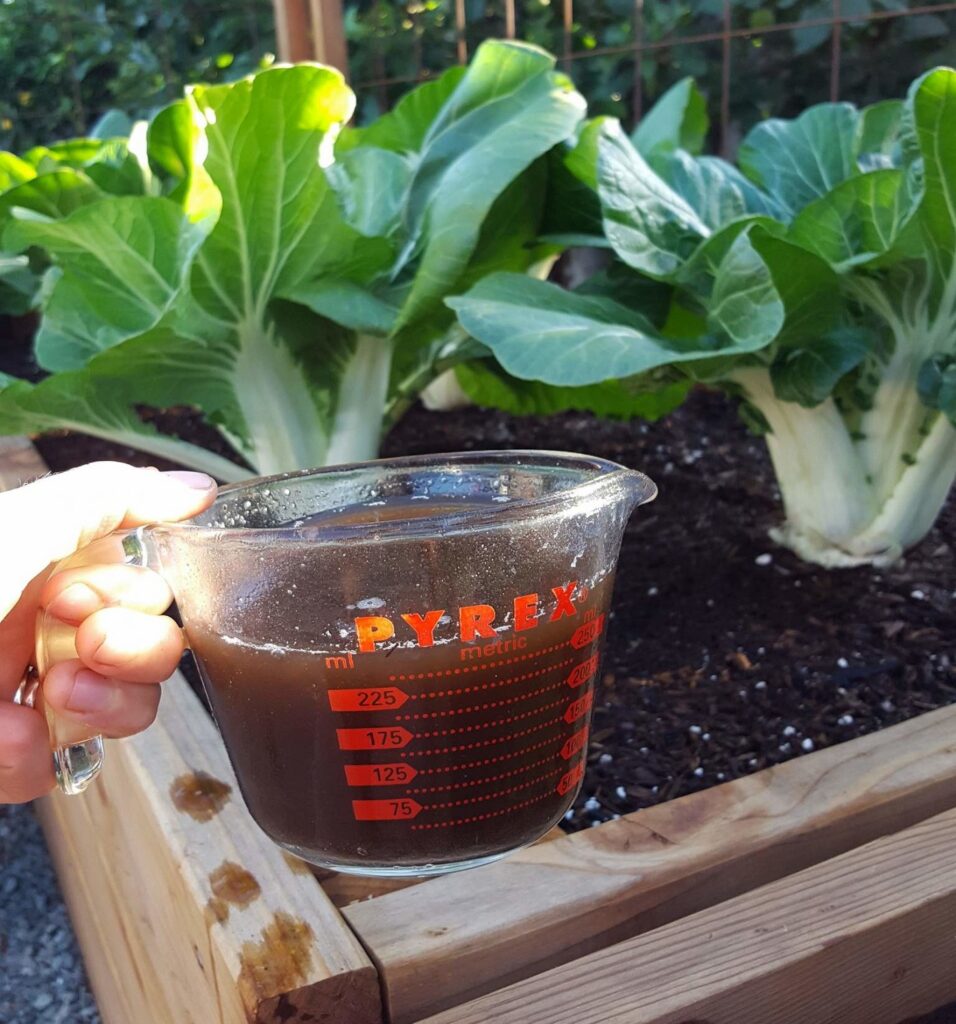
Add particular nutrients to the soil as needed
Making sure your growing area’s soil contains all of the micronutrients needed for optimal plant growth can be a delicate balancing act. Plants can often provide information about which nutrients are deficient.
There are a number of other soil amendments you could consider in addition to using liquid plant feeds and the mulches mentioned above to provide what is required. For example, you could:
- To enhance potassium levels, sprinkle wood ash.
- Add egg shells to make up for a lack of calcium.
- Add Epsom salts for magnesium.
Seaweed is also worth mentioning because it provides a variety of key and trace nutrients to soil and plants when used as a mulch or liquid feed.
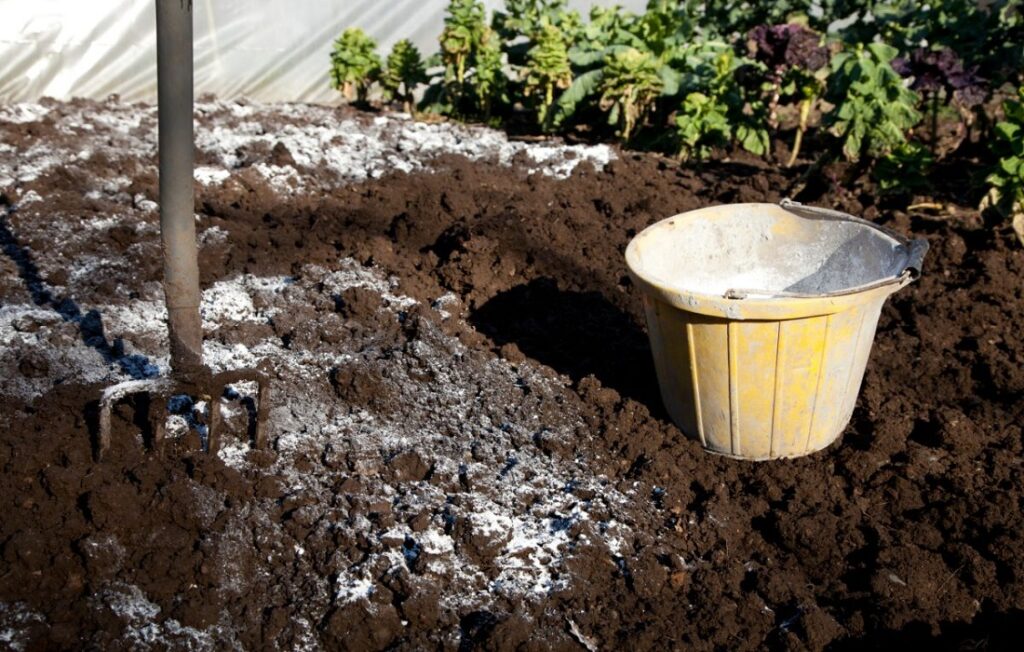
Prevent Runoff or Floodwater from Degrading the Environment
The potential harm that rainwater runoff or floodwater can do to soil is something that should be taken into account, especially in regions with heavy rainfall.
By avoiding bare soil and planting to stabilize the soil structure, you can help keep soil safe. However, you should also take into account any additional steps you might take to improve the soil in particular areas of your garden.
Swales, irrigation channels, rain gardens, basins, and ponds are just a few examples of landscaping and earthworks that can help you manage water flow in your garden and prevent some soil from getting too much of it (or too little).
Reduce Erosion and Nutrient Loss by Terrace Steeply Sloping Sites
On sites with steep slopes, the soil can frequently suffer from severe erosion or lose its fertility. To manage water and nutrient flow on slopes, it will be essential to avoid bare soil and plant properly. But in many cases, you might be able to take further action.
You can move towards a better and more productive soil ecosystem on such sites by implementing additional earthworks and landscaping projects like terracing and creating on-contour swales on a hillside.
It’s important to make the most of what you have in any garden. But you can improve the soil in your garden by taking easy measures like those mentioned above.

